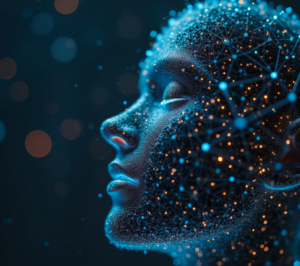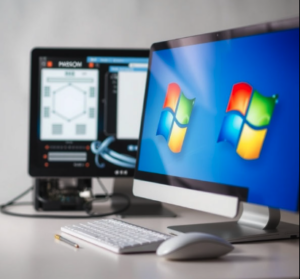
Discover how to set AI in human resources for recruitment, employee management, and decision-making. This guide is about how to set up AI for Human Resources (HR) optimization
How to Set Up AI for Human Resources (HR) Optimization
AI has become a valuable tool for streamlining HR processes. From recruitment to employee management, AI provides a data-driven approach to making HR more efficient that discussed about in our previous article at https://aibrainpowered.com/2024/09/13/how-ai-is-revolutionizing-human-resources-from-recruitment-to-employee-management/. Follow this step-by-step guide to integrate AI into your HR operations.
Step 1: Evaluate Your HR Needs
Before integrating AI into your HR systems, it’s essential to evaluate your current processes. Identify the HR functions that can be enhanced with AI, such as recruitment, performance management, or employee retention.
Key Areas to Focus On:
Recruitment: Are your hiring processes time-consuming? Is it difficult to find qualified candidates?
Employee Retention: Are you struggling to keep employees satisfied and engaged?
Performance Management: Do you have data-driven systems to track employee performance and identify areas for improvement?
A clear assessment of your needs will help you choose the right AI tools for your HR processes.
Step 2: Select the Right AI Tools for HR
Selecting the right AI tools is crucial to successfully optimizing your HR processes. Various AI platforms offer HR-specific solutions such as talent acquisition, employee engagement, and performance analytics.
Popular AI HR Tools:
HireVue: Uses AI to streamline recruitment by analyzing resumes and conducting initial interviews.
Workday: Offers AI-powered analytics for employee management, helping companies track productivity and engagement.
Eightfold: Focuses on AI-driven talent acquisition and retention, using predictive analytics to match candidates to roles.
Choose a platform that aligns with your HR needs and integrates well with your existing systems.
Step 3: Set Up AI for Recruitment Optimization
AI can greatly improve recruitment by automating tasks such as screening resumes, scheduling interviews, and even conducting initial candidate assessments.
Steps to Implement AI for Recruitment:
1. AI Resume Screening: Set up AI tools that can scan resumes and match candidates based on job descriptions and qualifications.
2. Interview Automation: Configure AI systems to conduct initial interviews using video platforms and AI-driven assessments.
3. Candidate Ranking: Use machine learning algorithms to rank candidates based on their experience, skills, and likelihood of success in the role.
This will save time and help you find the best talent faster.
Step 4: Use AI for Employee Management and Performance Tracking
AI can provide personalized feedback for employees and track their performance over time. This allows HR departments to create targeted development plans and ensure employees remain engaged.
How to Set Up AI for Employee Management:
Performance Monitoring: Integrate AI tools that track employee performance metrics such as productivity, engagement, and job satisfaction.
Personalized Feedback: Set up AI systems that analyze performance data and generate personalized feedback for each employee.
Predict Employee Turnover: Use AI tools to predict potential employee turnover by analyzing factors such as job satisfaction, workload, and engagement.
Step 5: Automate HR Analytics and Decision-Making
AI can provide real-time insights into employee data, helping HR departments make data-driven decisions. Whether it’s hiring, retention, or employee engagement, AI can offer insights that improve outcomes.
Steps to Set Up HR Analytics:
Define KPIs: Identify the key performance indicators that matter most for your organization, such as employee satisfaction, turnover rates, or productivity.
Automate Reports: Set up AI-driven dashboards that provide real-time reports and data visualizations.
Data-Driven Decision-Making: Use AI-generated insights to guide HR decisions, ensuring that your strategies are backed by data.
Integrating AI into your HR operations can lead to more efficient recruitment, improved employee management, and data-driven decision-making. By following these steps, you’ll be able to set up AI-driven systems that streamline HR processes and provide valuable insights into your workforce. As AI continues to advance, its role in human resources will become even more integral.
Recommended sites for in-depth resources on AI in HR
IBM AI for HR and Talent Solution for in-depth resources on AI for HR at https://www.ibm.com/think/topics/ai-for-hr-talent
Workable HR Tools at https://resources.workable.com/tutorial/artificial-intelligence-in-human-resources which provides a range of AI-driven HR tools designed to automate recruitment processes, including candidate sourcing and screening


